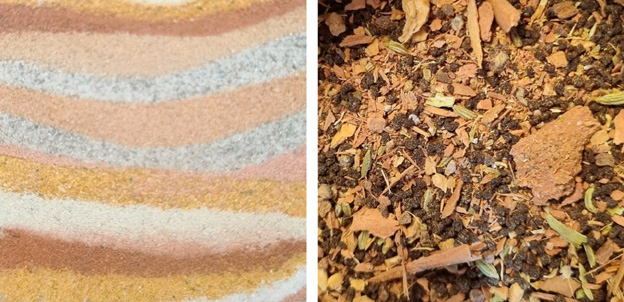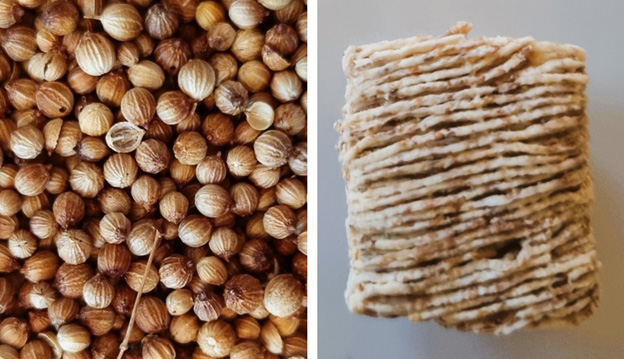PART 1: ROCK CHARACTERISATION
INTRODUCTION
Rock physics has its origins in the 1980s with the evolution of seismic processing flows able to retain true, geologically meaningful amplitudes. Since that time, rock physics modelling (when correctly applied) has been used to de-risk amplitude driven hydrocarbon prospects around the world. Many workers are now bringing rock physics methods to CCS challenges, but what questions can it answer and what limitations do we need to be aware of?
In the CCS domain, there are three main workflows where rock physics can add value:
- Rock Characterisation.
- Working with 4D Seismic and Inversion.
- Seismic Modelling, specifically fluid substitution modelling.
This article, the first of three, goes into more detail on the first of these workflows; how rock physics can add value to CCS.
ROCK CHARACTERISATION
A wide range of rock physics models have been developed to understand the relationships and controls on elastic parameters (i.e., those linked to seismic) like Acoustic Impedance or Poisson’s Ratio. The process of fitting these models to log datasets can also provide insights into useful rock properties for a CO2 injection project, such as cementation, pore shape or the distribution of intra-reservoir shale. Furthermore, unlike hydrocarbon projects, we can also use rock physics models to help characterise the top-seal lithology.
Care should always be taken to make sure that the model being fitted to the log data is appropriate for the geological scenario. Different models may fit the same data but can have very different implications. The Essentials of Rock Physics course (now available through Merlin) dedicates a whole session to rock physics for rock characterisation. This article provides just a brief overview.
CONTACT MODELS
Contact Models are a range of models which determine elastic properties by focusing on grain-grain contacts, with and without cement. When fitted to well log data, contact models can indicate the degree to which sorting and cementation are responsible for porosity loss in a potential CO2 storage unit. This information can provide insights into the effectiveness of the storage unit, allowing injection plans to be optimised accordingly. Commonly used contact models include:
- The Friable Sand Model (Dvorkin & Nur, 1996), relating porosity loss and elastic property change to sorting of an uncemented, poorly consolidated sandstone.
- The Constant Cement Model (Avseth et al., 2005), relating porosity loss and elastic property change to sorting of a sandstone with a specified cement content.
- The Contact Cement Model (Dvorkin et al., 1991), modelling the change in porosity and elastic properties as the first few increments of cement are added to a sandstone.

Figure 1. LEFT: Uncemented, friable coffee grounds. RIGHT: Cemented clay volcano made during Merlin’s 25th Birthday celebrations.
SAND/SHALE ROCKS
It is common for reservoir sandstones to have less than 100% net/gross. The empirical Shaley Sand Model by Thomas & Stieber (1975) can be used to indicate the distribution of shale within a sandstone reservoir. The endmembers are listed below, however, it is possible to have more than one mechanism in play at any one time. Understanding the distribution of shale within a sandstone storage unit gives insight into permeabilities, and therefore, preferential flow pathways of an injected CO2 plume.
- Laminated Sands: Thinly alternating layers of sand and shale beyond log (and seismic) resolution.
- Shaley Sands: Shale grains are dispersed within the sandstone pore spaces. Effective porosity goes to zero when the pore space is completely filled with shale grains.
- Structural Shales: Porosity is maintained as shale grains are introduced but the characteristics of the rock frame are modified.

Figure 2: LEFT: Laminar arrangement of sand grains collected from the Isle of Wight. Right: Dispersed grains in my chai tea mix.
INCLUSION MODELS
Inclusion Models model a rock as an elastic sold containing compliant pores. In 2009, Xu & Payne extended the Xu-White (1995) inclusion model to enable estimation of pore shapes from velocity and porosity log data. In general, flatter, crack-like pores will make a rock weaker whilst more rounded pores make the rock frame stronger. The shape of the pores can also impact on permeability (and hence preferential flow pathways) as well as impacting how the rock behaves when pressure is increased by CO2 injection. Evaluation of pore shapes is particularly important when working with carbonates or tight sandstones, although these reservoirs are less likely to be under consideration for CO2 storage in the near term (assuming we start with the “easy” storage complexes first).

Figure 3. LEFT: Rounded pores between coriander seeds. RIGHT: Crack-like pores in this breakfast cereal (it is also a little cemented).
CONCLUSION
An array of rock physics models have been published to help characterise rock properties. These are useful for evaluating the storage capacity of a CO2 storage unit (in terms of porosity controls) and understanding any preferential flow directions (from permeability). Insight into the typical pore shapes found in the storage unit and top seal facies can also be used to assess how these rocks will behave when pressure is increased due to CO2 injection. It is crucial that the rock physicist ensures that the model being fitted to the data is appropriate for the geological scenario, because different models can have very different implications.

Eleanor Oldham, Senior Geophysicist at Merlin Energy Resources
Eleanor is a geophysicist specialising in the quantitative side of seismic interpretation, from rock physics to depth conversion. She has an MSc in Exploration Geophysics from the University of Leeds and has been working in the oil and gas industry since 2009.
References
Avseth, P., et al., (2005). Quantitative Seismic Interpretation. Cambridge University Press.
Dvorkin, J., & Nur, A. (1996). Elasticity of high-porosity sandstones: Theory for two North Sea datasets, Geophysics, 61, 1361-1370.
Dvorkin, J., et al., (1991). The effect of cementation on the elastic properties of granular material. Mechanics of Materials, 12, 207-217.
Thomas, E., & Stieber, S. (1975). The distribution of shale in sandstones and its effect upon porosity. SPWLA 16th Annual Logging Symposium.
Xu, S., & Payne, M. (2009). Modeling elastic properties in carbonate rocks. The Leading Edge, 66-74.
Xu, S., & White, R. (1995). A new velocity model for clay-sand mixtures. Geophysical Prospecting, 91-118.
KeyFacts Energy Industry Directory: Merlin Energy Resources
 KEYFACT Energy
KEYFACT Energy
